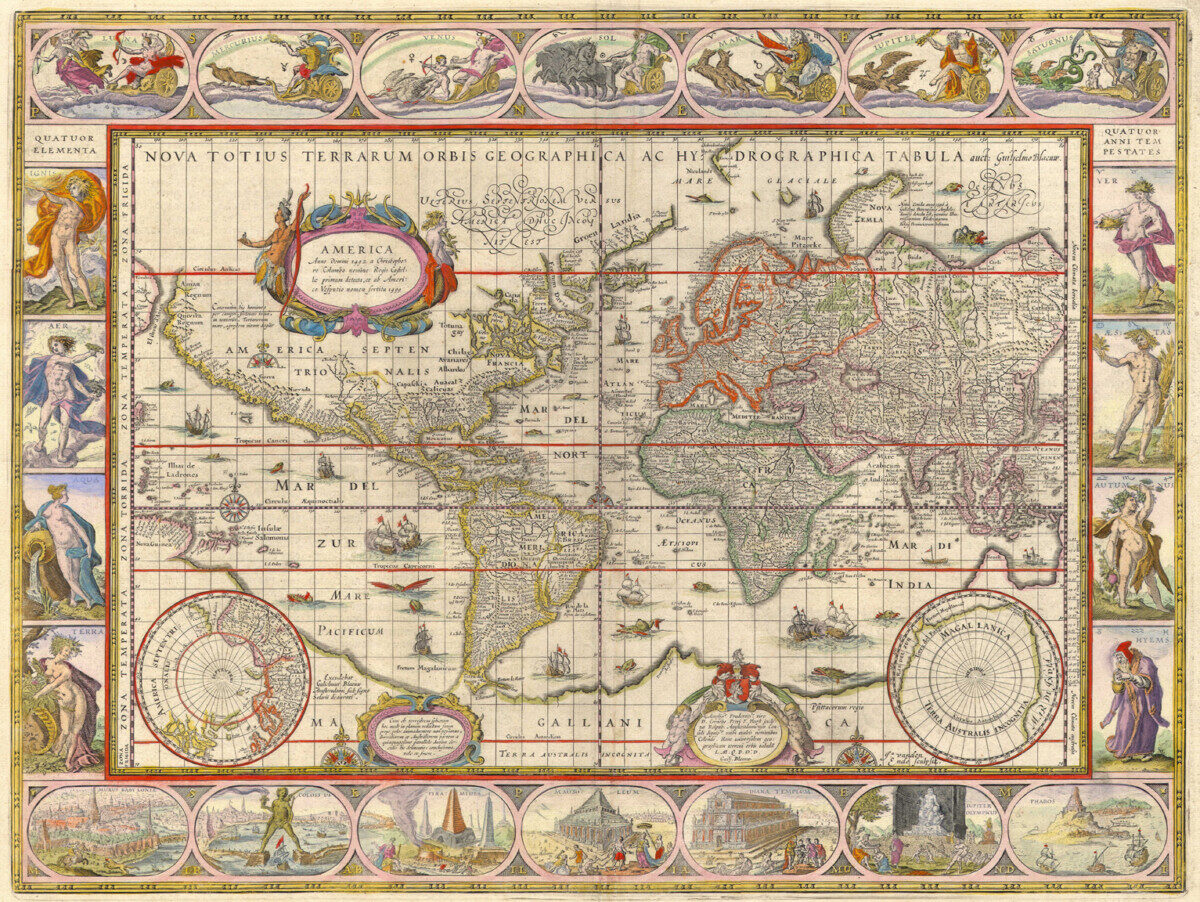On a less scholarly and more personal note, I see globalization in the 21st century represented most in the food world. I have a friend who is attending NYU in Florence, Italy, and when she returned home to the US for winter break, the first thing she wanted to do was get Mexican food. I didn’t know this until she told me, but Mexican food (or Tex-Mex, Americanized Mexican) is completely absent from cuisine in Italy, and even the greater Europe. Food has always been very important to me both as a self-proclaimed chef and an enjoyer of food, and I think that experiencing culture through food is a wonderful avenue to experience the rest of the world. Although it may be a stretch to claim that food is an art form, I think that different cuisines have spread across the world similarly to that of techniques and materials of art spreading globally, such as the featherworks discussed in the Gallori article spreading from the Americas to Europe. Cuisines often retain their “label” such as restaurants being “Indian” restaurants or “Chinese” restaurants, and when melded with other variations of cuisine, often called “fusion” restaurants; this dispersement and fusion is evidence of cultural spread. And, just like art in the 16th and 17th centuries, cuisine is not spread everywhere all at once–just as Mexican food still lacks in Italy to this day, so did Mexican/Indigenous American art lack in Europe until the establishment of Columbus, and therefore trade, in the Americas. Globalization was a slow process for art, and the continual spread of global cuisines throughout the world is evidence that it remains slow, yet steady, inching towards a completely global culture.
A Digital Resource
